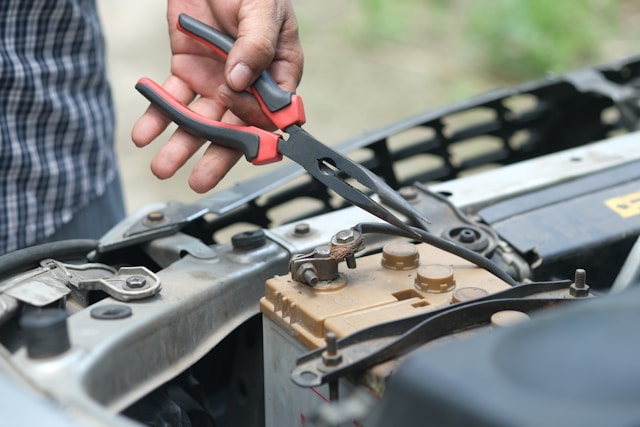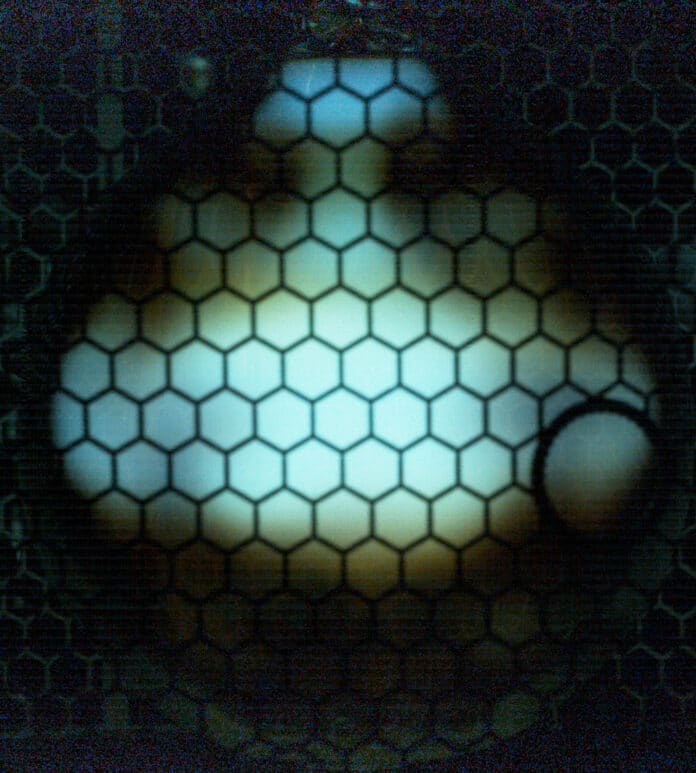Bacterial Vaginosis (BV) is a condition that happens when there is too much bacteria in the vagina. Caused by an imbalance of the bacteria inside the vagina, it can lead to an off-white vaginal discharge with a fishy smell.
Worldwide, it is estimated that around 30 % women of reproductive age attending sexually transmitted infection (STI) clinics suffer from this condition.
BV is currently being treated with antibiotics, but it often leads to more complications
Creating therapeutics for this condition is difficult since finding willing patients for clinical testing is extremely difficult due to safety issues. Testing on animals does not serve the purpose because animals do not have the same vaginal microbiome as humans.
So, scientists opted to create their own ‘vagina’ to test drugs
Scientists at the Wyss Institute at Harvard University have developed the first-ever “Vagina on a Chip” in the world that contains live human cells and replicates the human vaginal tissue microenvironment found inside the vaginal canal.
The chip was created with donated vaginal cells from two women, which were matured inside silicon chips to form channels to understand interactions between microbiome and tissues.
The living model of the human vagina was developed with funding from the Bill and Melinda Gates Foundation to treat vaginal bacterial vaginosis (BV). It replicates many of the physiological features of the vagina, allowing researchers to study their effects on the organ’s health.
Gautam Mahajan, Ph.D., a former Wyss Institute researcher and lead author of the study, said in a statement: “The vaginal microbiome plays an important role in regulating vaginal health and disease, and has a major impact on prenatal health.”
“Our human Vagina Chip offers an attractive solution to study host-microbiome interactions and accelerate the development of potential probiotic treatments.”







